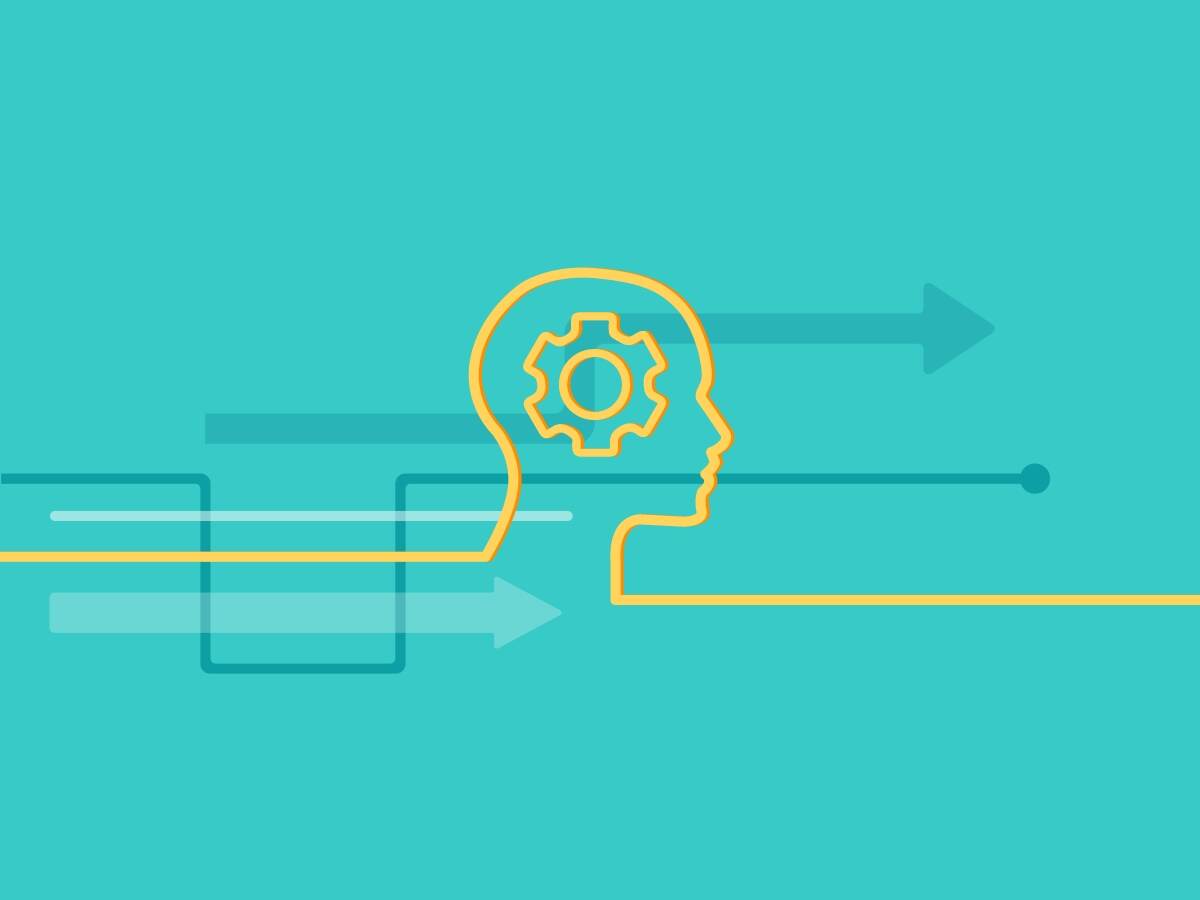November 8, 2023
By Indrakshi Mukherjee
Empowering people with disabilities and medical device users
In this article, we will discuss how artificial intelligence (AI) empowers accessibility, which is the concept of building seamless and meaningful interactions between all users, including those with impairments, and products. AI can enhance accessibility with advanced assistive technology, speech/text/image recognition, touch-free interactions and seamless digital connectivity. The introduction of AI marks a distinct leap forward in how users from all backgrounds and abilities can connect with technology in a way that does not leave them behind. For example, 20 years ago, one of the main accessibility features on a phone or computer may have been the option to increase the font size and now there are more advanced options with font color, font family, type variations and even text-to-speak technology.
How AI strengthens accessibility for people with disabilities
Audio support for visually impaired users
AI can help people with visual impairments by reading content from screens aloud or by responding to user’s audio commands. For example, AI can support visually impaired users with a combination of smartphone cameras and audio responses to have “digital vision,” where they can point their phone camera in a direction and ask the phone’s AI to interpret what is visible via the camera.
Image recognition
AI can perform various activities for users with an image recognition feature by scanning and detecting content or objects as per the user’s vocal commands. For example, with user inputs such as vocal cues, AI can help the user navigate through any medical website or app by recognizing common cues, such as a button that says “refill medication,” to perform tasks like ordering medicine, scanning and explaining test reports, booking doctor’s appointments and more.
Facial recognition
People with limited movement can access electronic devices securely with the help of AI. Instead of needing to input a password, advanced facial recognition technology can securely scan the user’s image and open a device for the user. For example, Apple’s facial recognition software is used to unlock phones, open secure apps such as banking apps and approve payments.
Captions and translation
AI can support users with hearing limitations via accurately translated live captions, meaning the content has not been pre-translated into a set number of languages, based on the user’s origin and language selection. For example, Netflix, YouTube, and other video streaming platforms provide live captions with text in different languages, which helps users to understand video content seamlessly. AI can further enhance accessibility by captioning and translating content to localized or less common languages and dialects.
UI Navigation
AI can produce personalized content and perform tasks in a website or app for users to make their navigation experience smoother. For example, AI can perform tasks like generating data in forms and exploring webpages with voice commands to make UI navigation easier for users with limited abilities.
Summary: How AI empowers accessibility
AI empowers accessibility with progressive and virtual technology that enhances the user experience while making interactions with digital resources smoother and efficient. However, AI also has the potential to cause frustration and dissatisfaction if not implemented correctly. For example, AI can collect confidential data which might impact user’s data privacy and/or produce biased and complex data. Managing the AI with proper controls and transparency can reduce the risk of producing biased data or collecting private data. AI-powered features such as image / facial recognition, translating text, and providing audio support can then be safely leveraged to enable users with impairments to fully benefit from the latest medical device developments.
Indrakshi Mukherjee is a User Experience Designer at Emergo by UL.
Request more information from our specialists
Thanks for your interest in our products and services. Let's collect some information so we can connect you with the right person.







